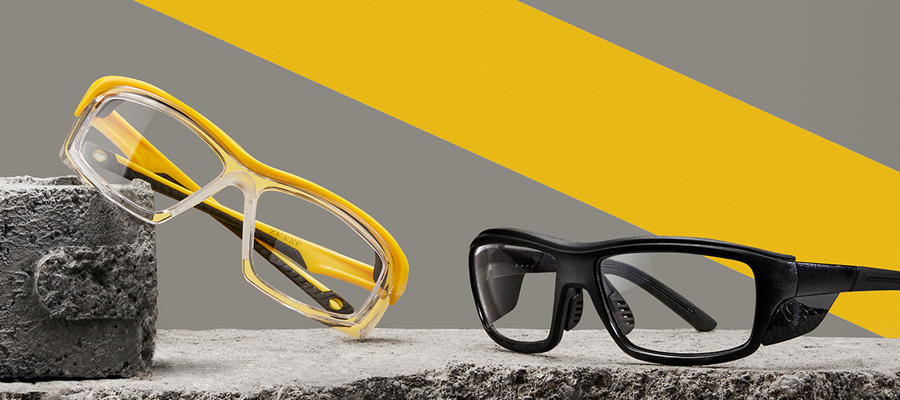Protective eyewear is required to keep the eyes safe from harmful particles that can irritate the sense of sight. Usually, it is designed to enclose securely around the eye to protect from the hazardous chemicals in laboratories, the sparkling flame from electric tools and water pressure in sports like swimming. Indeed, protective eyewear is essential to succeed in work and sports.
One best protective eyewear is called the “Safety Goggles”. When you need a strongly secured eyewear, this is the best option. It has a facial seal and proper tightness that regular safety glasses cannot offer. As protective eyewear, it is preferred more by the construction industry; because their workers are highly exposed to metal grinding, splash hazards, and electric sparks. Using safety goggles prevents unwanted residue or chemicals from entering the eyes. Moreover, the preference in purchasing protective eyewear always depends on its purpose – may it be on sports, work, or activity at home.
Avoiding High-Risk Eye Hazards
To determine the appropriate protective eyewear for the workplace, it is better to evaluate beforehand the risk of the routines and nature of work. Most of the time, safety goggles are chosen to be included in the requirement for protective equipment. It helps secure the worker from the following high-risk eye hazards situations such as:
- tasks that involve airborne particles or hazardous substances
- handling chemicals under high pressure
- excessive bright light or UV lights
- power tools causing dusty particles to scatter
- power tools producing electric frictions and sparks
Choosing the Correct Type of Safety Goggles
Using protective eyewear will be effective if it caters to the protection needed by the user. Beforehand, check what type of safety goggles you will use. Know if this will match the specific hazard they will encounter in the process. There are three common types of safety goggles: direct vent, indirect vent and non-vented.
Direct Vent: This type focuses on impact protection. The surface around the goggles has multiple perforations to allow the airflow. It aims to reduce lens fogging. However, this is not recommended for liquid, dust particles, or vapour protection.
Indirect Vent: This type provides better protection from dust and liquid. It is designed using covered vents to increase airflow. With that air allowance, it tends to fog up the lens more often. Dual-pane lenses are recommended to avoid frequent fogging up.
Non-Vented: This type of safety goggles gives completely sealed eye protection for the users since it does not have any vents. It will be an excellent shield against dust, caustic vapours, chemical splash, and other hazards. However, it can fog up easily as well; so, an anti-fog coating is a must.
Conclusion
Knowing the appropriate protective eyewear to use for the work and company is important. It will help invest in the right material that makes a difference in the quality of work. At the same time, taking care of the workers is also the top priority of the industries. Having a clear vision while working on a specific task adds to the efficiency of labour and a precise measure of the work. The results of the labour will be a win for both the worker and the manufacturing companies.
For individual use for sports or manual craft labour at home, using safety goggles means safety from any unexpected accidents and hazards that will occur in the process of work or activity. Prevention is always better than cure. From there, the best results from the performance and labour is expected after.


